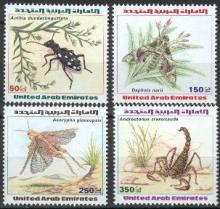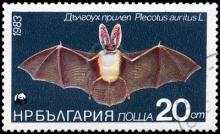Alle 22 in Deutschland lebende Fledermausarten sind bedroht
Im Anflug gleitet die Fledermaus beinah lautlos durch die Luft. Das Säugetier orientiert sich per Echolot und Ultraschall und ernährt sich von Insekten. Sie fressen Insekten, die sie im Flug erbeuten, indem sie ihren »Mantel« als Kescher einsetzen. Von den weltweit rund 750 Fledermausarten leben 22 in Deutschland. Alle sind bedroht und stehen auf der Roten Liste der gefährdeten Säugetiere. Viele verunglücken schlicht im Straßenverkehr. Mit jedem Totholz- Baum, der aus dem Wald verschwindet, vergrößert sich ihre Wohnungsnot. Durch den Einsatz von Insektiziden wird das Nahrungsangebot der Insektenfresser vergiftet. Und ohne Nahrung und Herberge können Fledermäuse nicht überleben.










